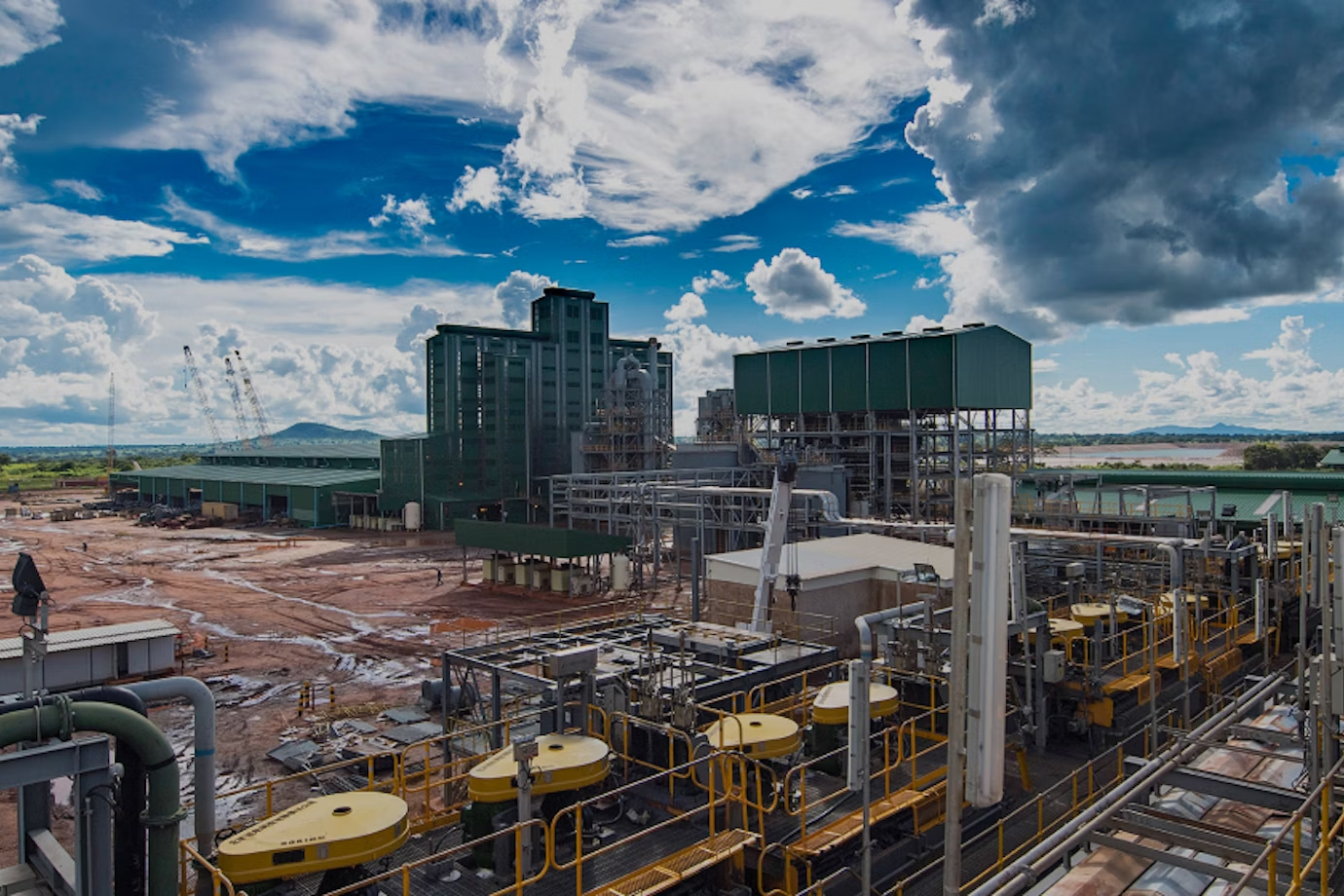
In the March 21 edition of The Copper Journal, metals analyst John Gross discussed the growing concern over the U.S.’s copper scrap exports. The issue is gaining attention amid recent policies from the Trump administration aimed at boosting domestic copper production.
Executive Order on Critical Minerals and Copper Production
On March 20, the White House issued an executive order to increase domestic mineral production. The order emphasizes that the U.S. must strengthen national security by producing more critical minerals. Copper, along with gold, potash, and uranium, is one of the four critical minerals identified in the order by the U.S. Department of the Interior.
The order defines mineral production as the mining, processing, refining, and smelting of minerals, as well as producing processed critical minerals and derivative products. This push for more domestic production links directly to Gross’s concerns about the U.S. exporting large volumes of copper scrap.
U.S. Copper Scrap Exports: A Missed Opportunity
Gross highlights that the U.S. continues exporting significant amounts of copper scrap. These materials could be processed and consumed domestically instead. The International Copper Study Group (ICSG) reports that the U.S. remains the largest exporter of copper scrap globally, with 959,000 metric tons exported in 2024.
Despite U.S. exports, China remains the largest importer of copper scrap. In 2024, China imported 2.25 million metric tons. The U.S. sent 41% of its copper scrap exports to China, according to the U.S. Geological Survey.
Domestic Shifts and the Impact on Copper Prices
Gross is optimistic that the imbalance in copper scrap exports may soon shift. At a 2022 industry event, he noted that the U.S. copper industry has reached a pivotal point. New recycling capacities are being installed, which could reduce the need for copper scrap exports and increase domestic processing.
The White House’s potential tariffs on imported copper could further impact market dynamics. Gross believes these tariffs have contributed to rising copper prices, especially on the U.S.-based Comex exchange. As of March 21, the Comex premium stood at 44 cents, with a month-to-date average price of $4.83 per pound, compared to $4.39 on the London Metal Exchange.
Conclusion: A Shift Toward Domestic Copper Production
The ongoing imbalance in copper scrap exports highlights the need for increased domestic production in the U.S. With policy changes underway, recyclers and industry leaders are hopeful for a shift in how copper is processed and consumed. These changes could reshape the global copper market, benefiting both U.S. producers and international consumers.











Leave a Reply
You must be logged in to post a comment.